Then-and-now photographs of the April 1941 "terror bombing" that forever changed the face of the Serbian capital.
Click or tap on the images to reveal the same place in 2021.
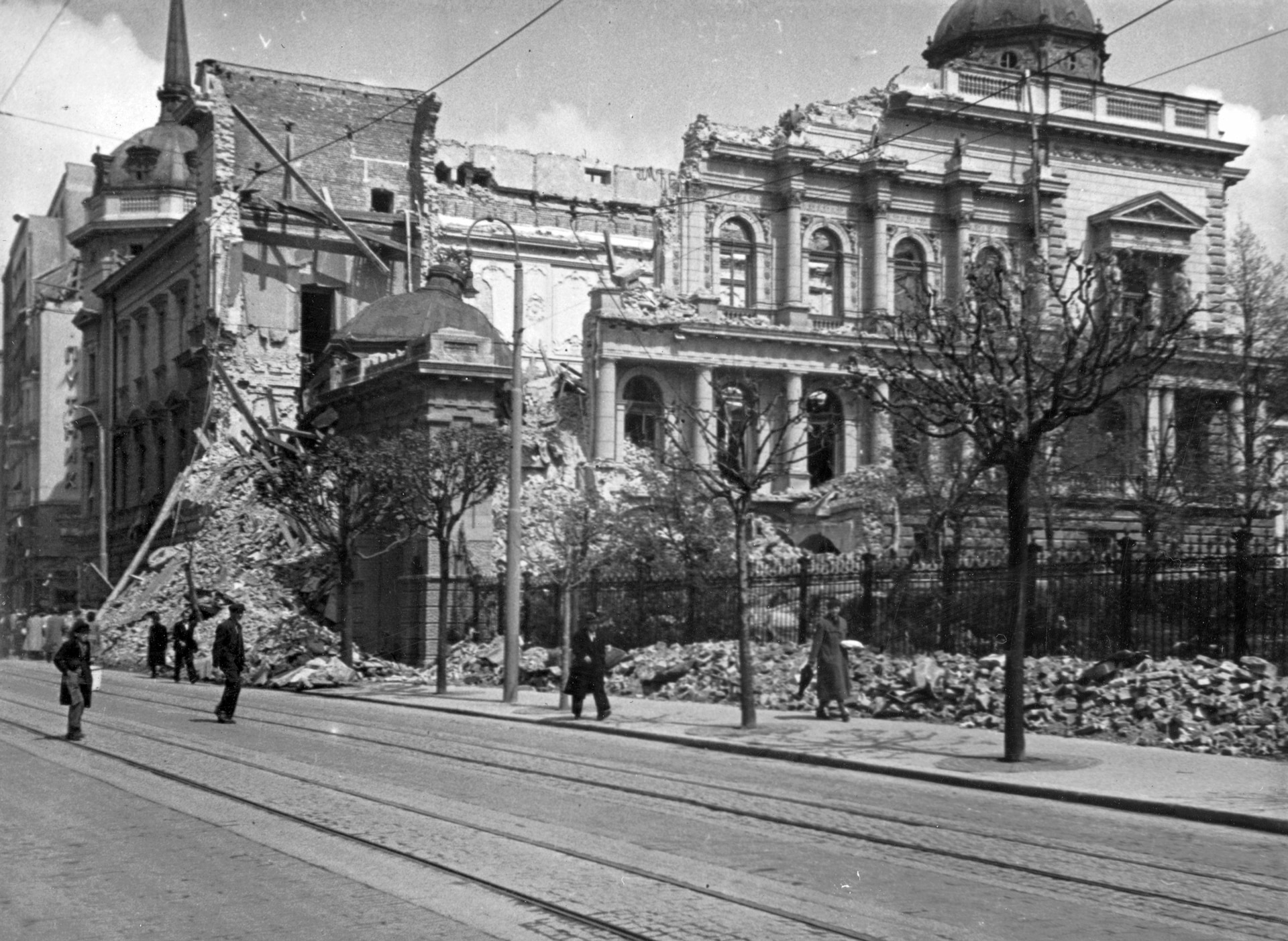

Belgrade's Old Palace was one of several buildings shattered by Nazi bombs on April 6, 1941. The air raid destroyed much of the center of the capital, killed thousands of people, and wiped out much of the published cultural heritage of Serbia when the National Library burned to the ground.
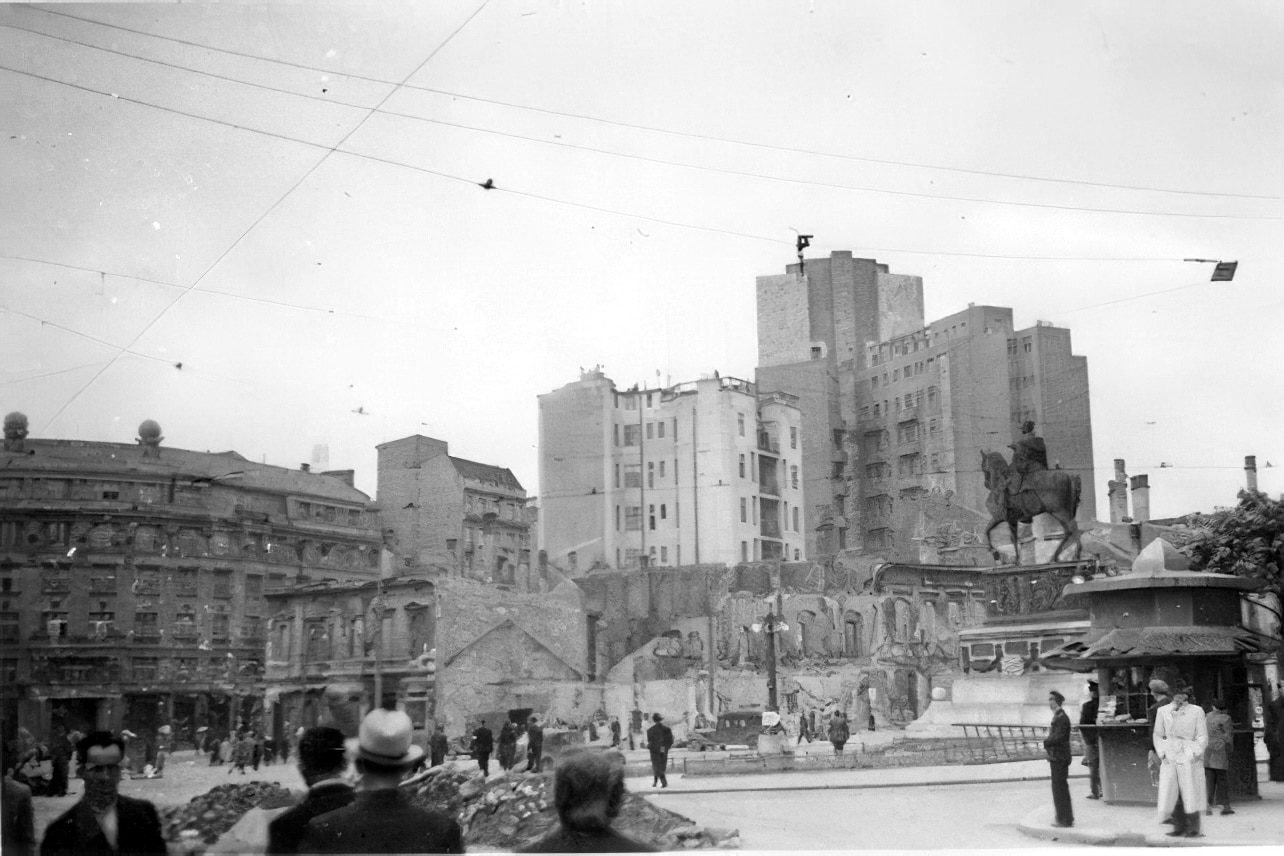

The attack that targeted central Belgrade, which had no apparent military objective, was ordered by Nazi leader Adolf Hitler after a coup overthrew Yugoslavia's royal regent, Prince Peter, in late March 1941.
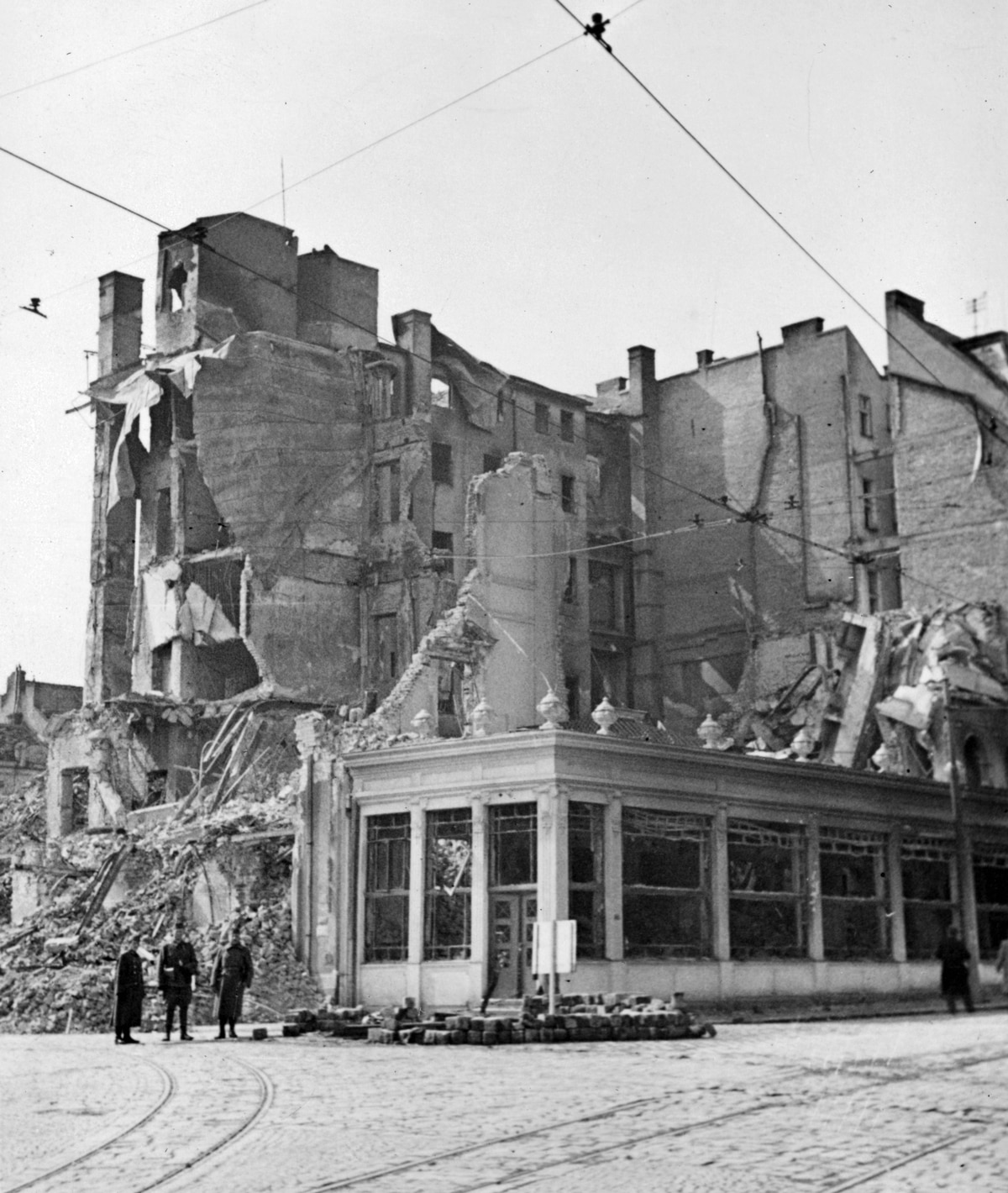

Before the coup, Yugoslavia had come under intense pressure to align itself with fascist Germany, as Yugoslavia's neighbors Bulgaria, Hungary, and Romania had done.
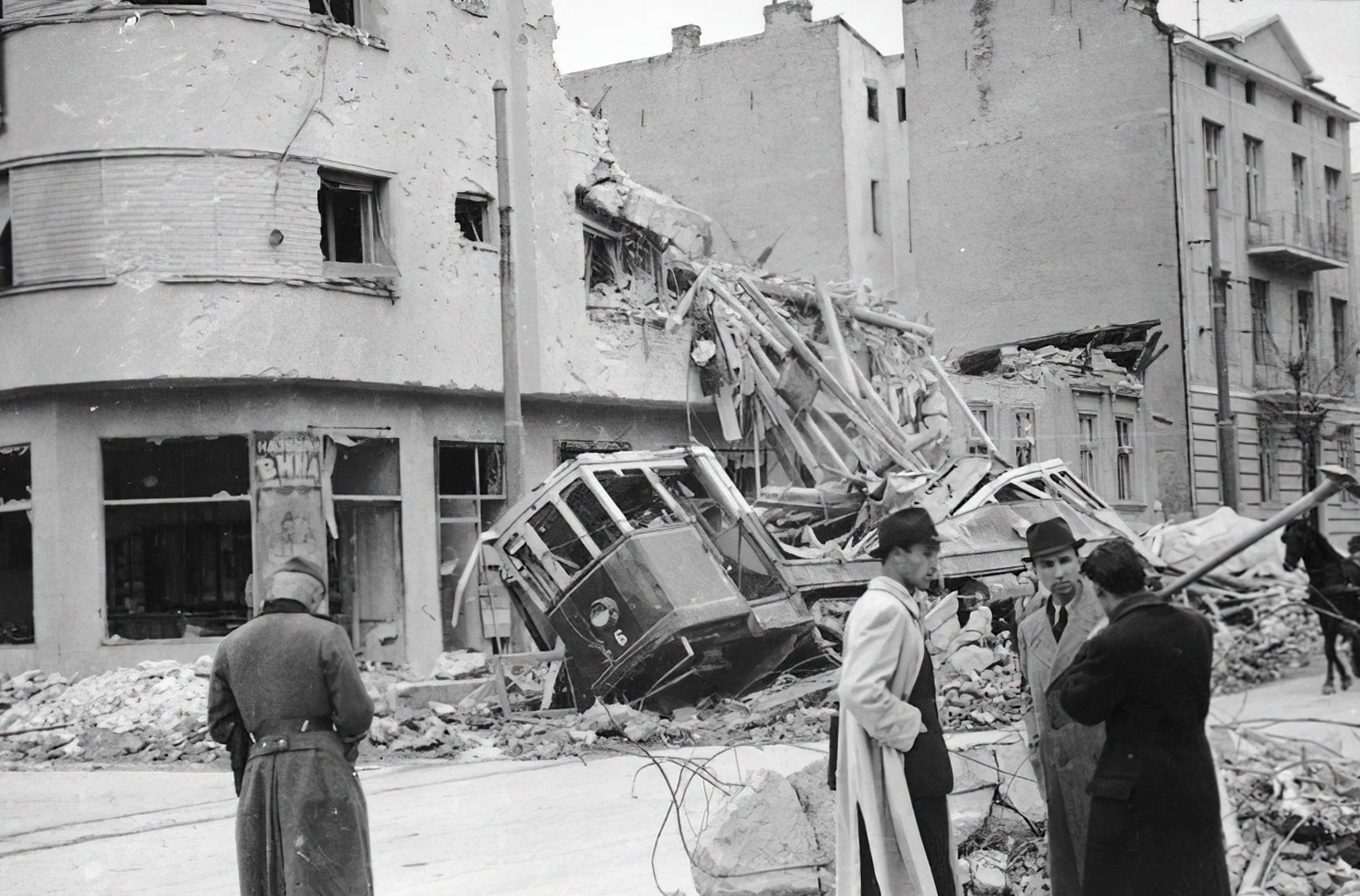
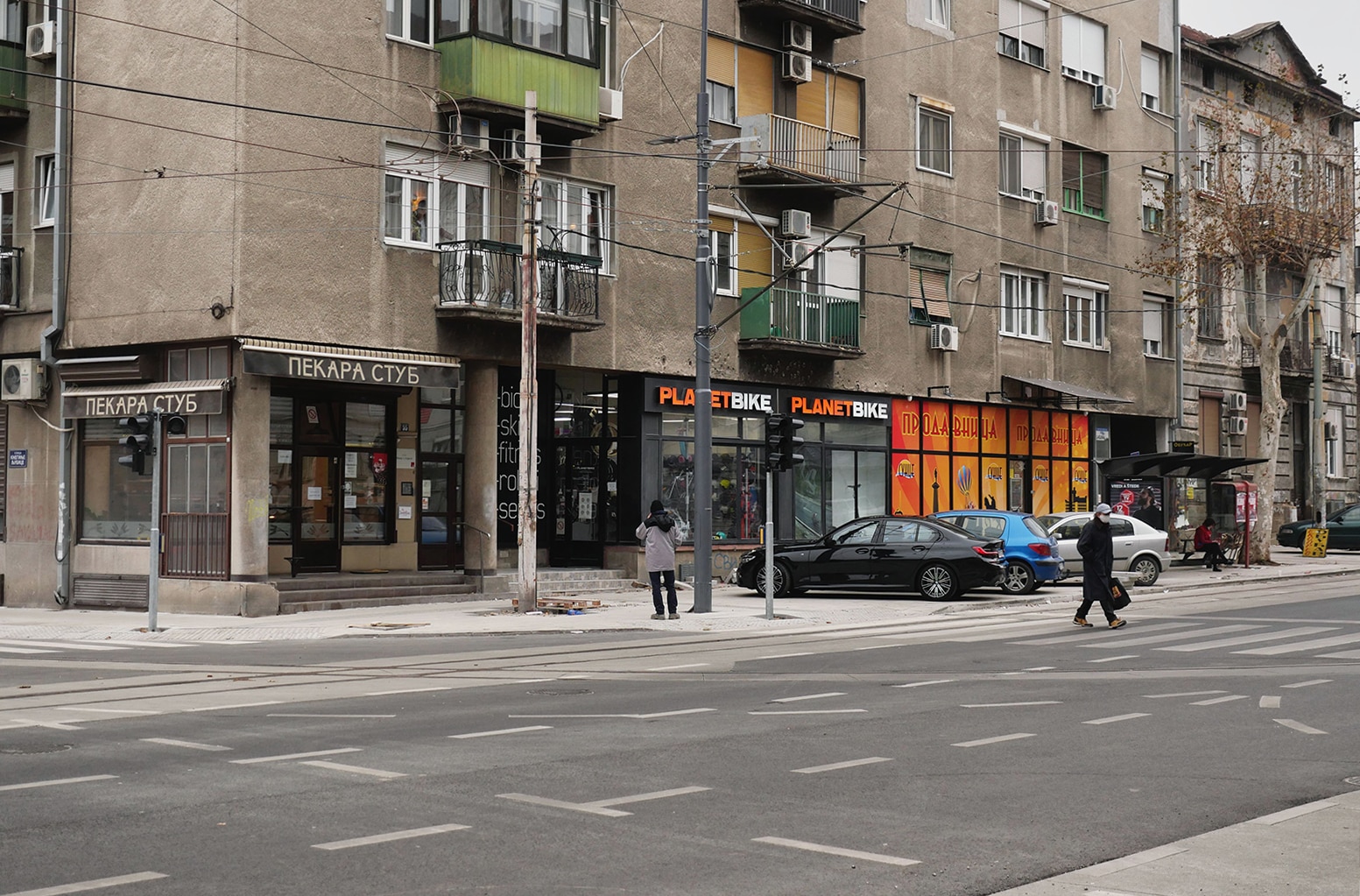
Shortly after Yugoslavia signed a pact with Nazi Germany and her allies -- seen as the "lesser of two evils" compared to the inevitable invasion if Yugoslavia had refused -- senior Yugoslav Air Force officials overthrew Prince Peter.
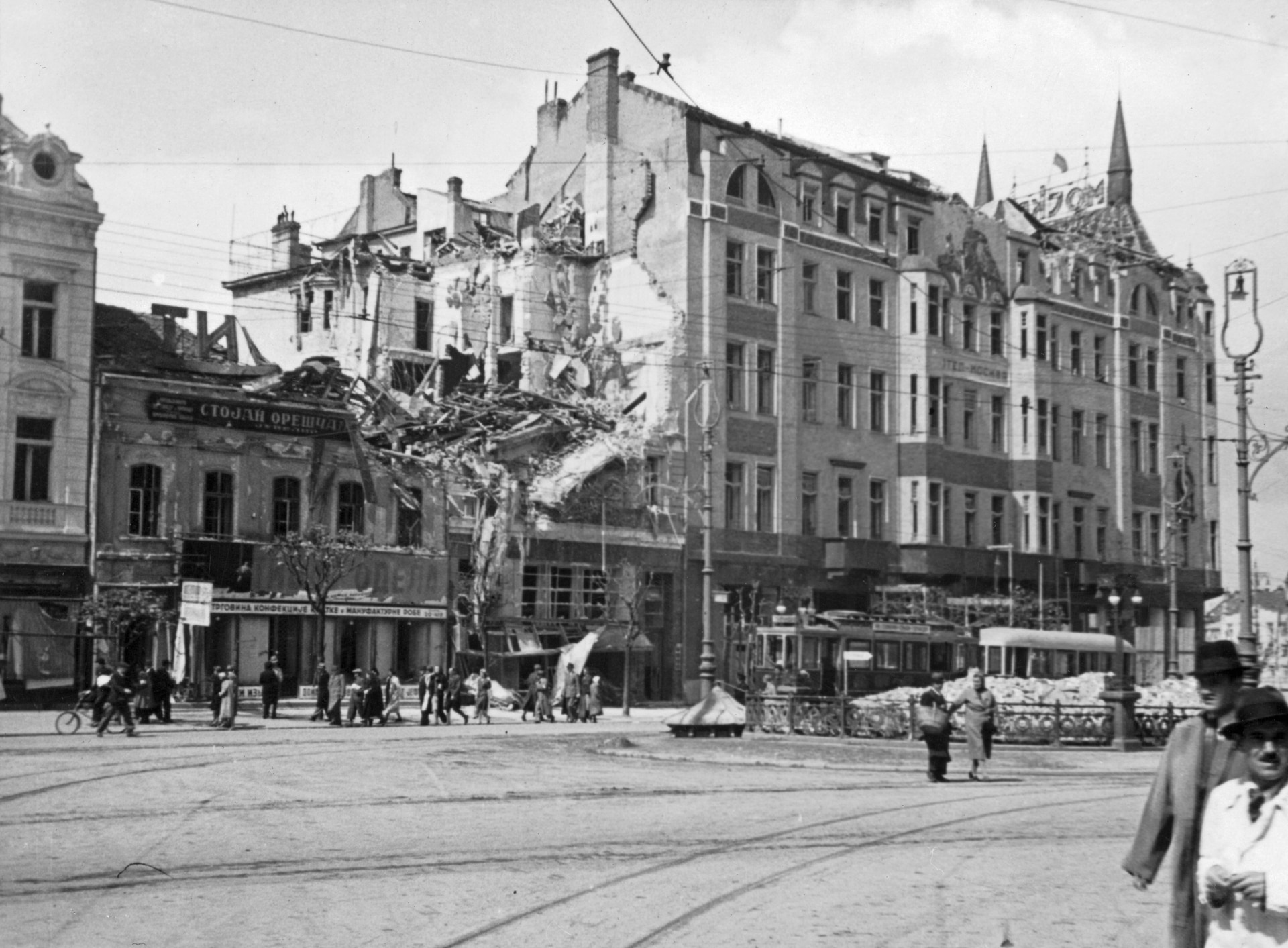

British Prime Minister Winston Churchill responded to news of the coup by saying: "Early this morning, the Yugoslav nation found its soul. A revolution has taken place in Belgrade, and the ministers who but yesterday signed away the honor and freedom of the country are reported to be under arrest. This patriotic movement arises from the wrath of a valiant and warlike race at the betrayal of their country by the weakness of their rulers and the foul intrigues of the Axis powers."


Some believe British intelligence was involved in the coup, but England had no concrete way to help Yugoslavia. The coup was reportedly popular with many Belgrade locals, who chanted "better graves than to be slaves."
Hitler condemned thousands of Belgraders to exactly that fate when he ordered a Nazi response to the coup of "merciless severity."
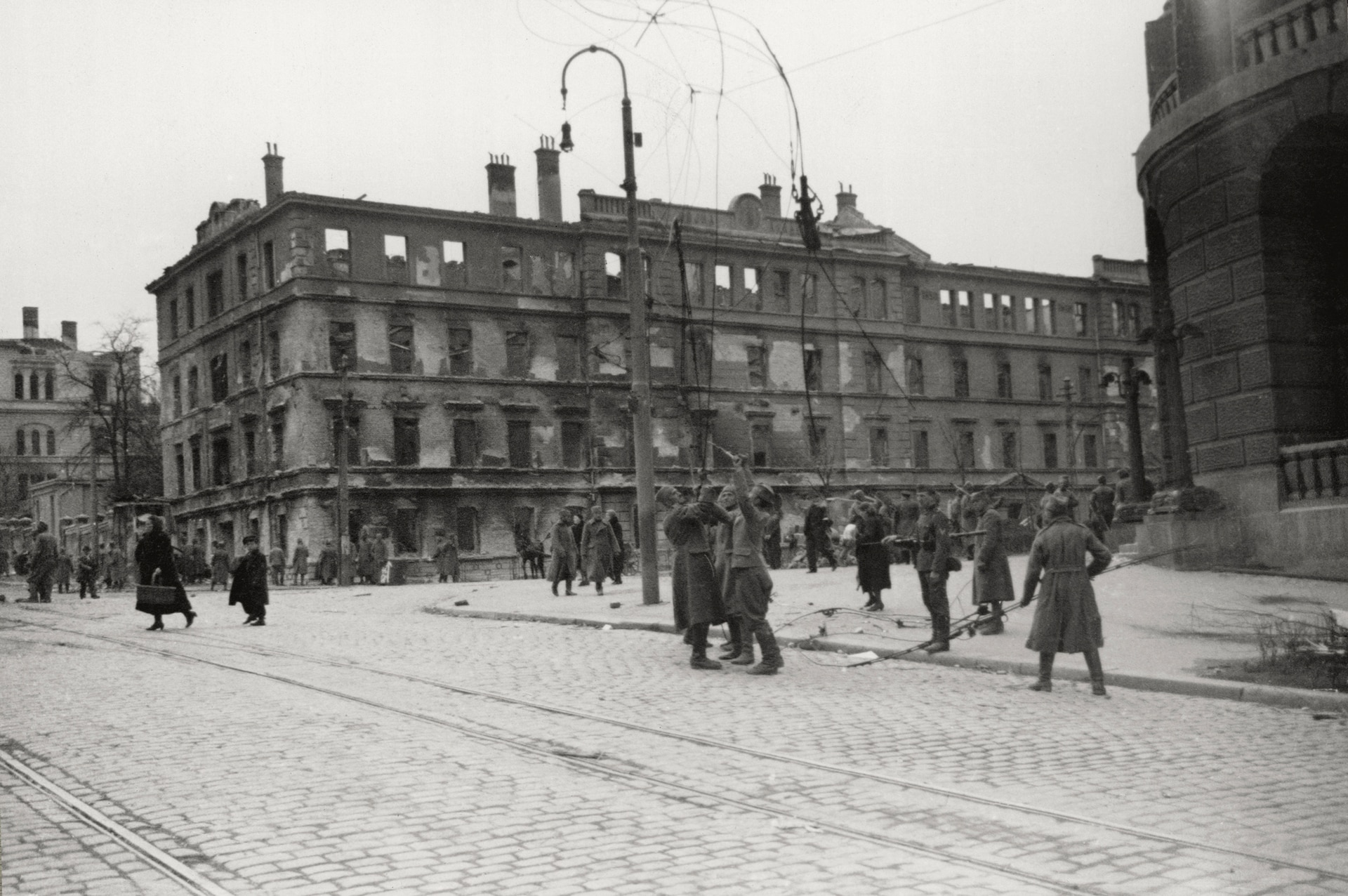
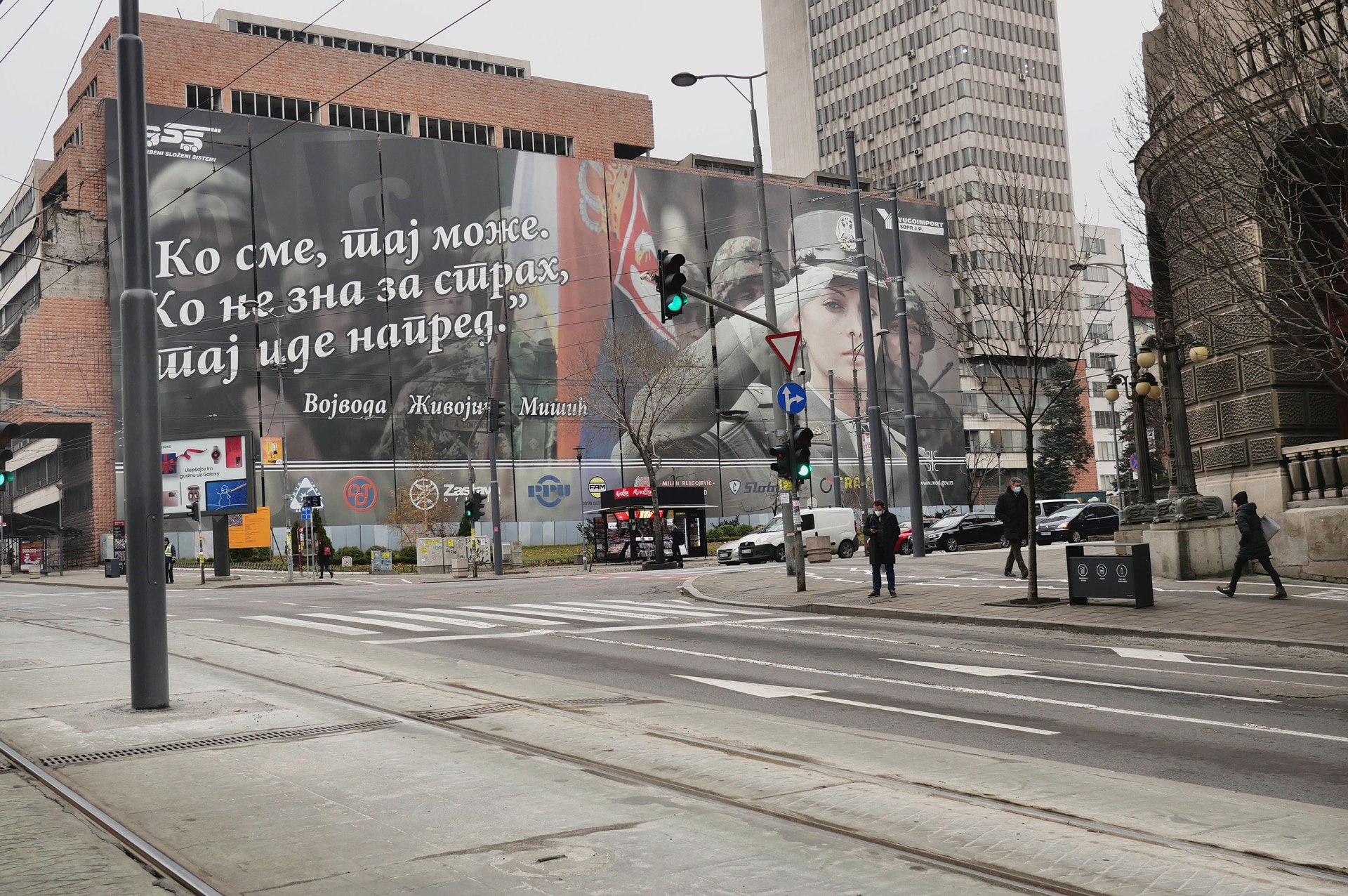
Italian war correspondent and novelist Curzio Malaparte said the waves of bombings on April 6 caused the ground to shake "as if it were an earthquake." The correspondent recalled that "houses hit each other, there was a terrible crash of collapsing walls and [broken windows] falling on the sidewalks."
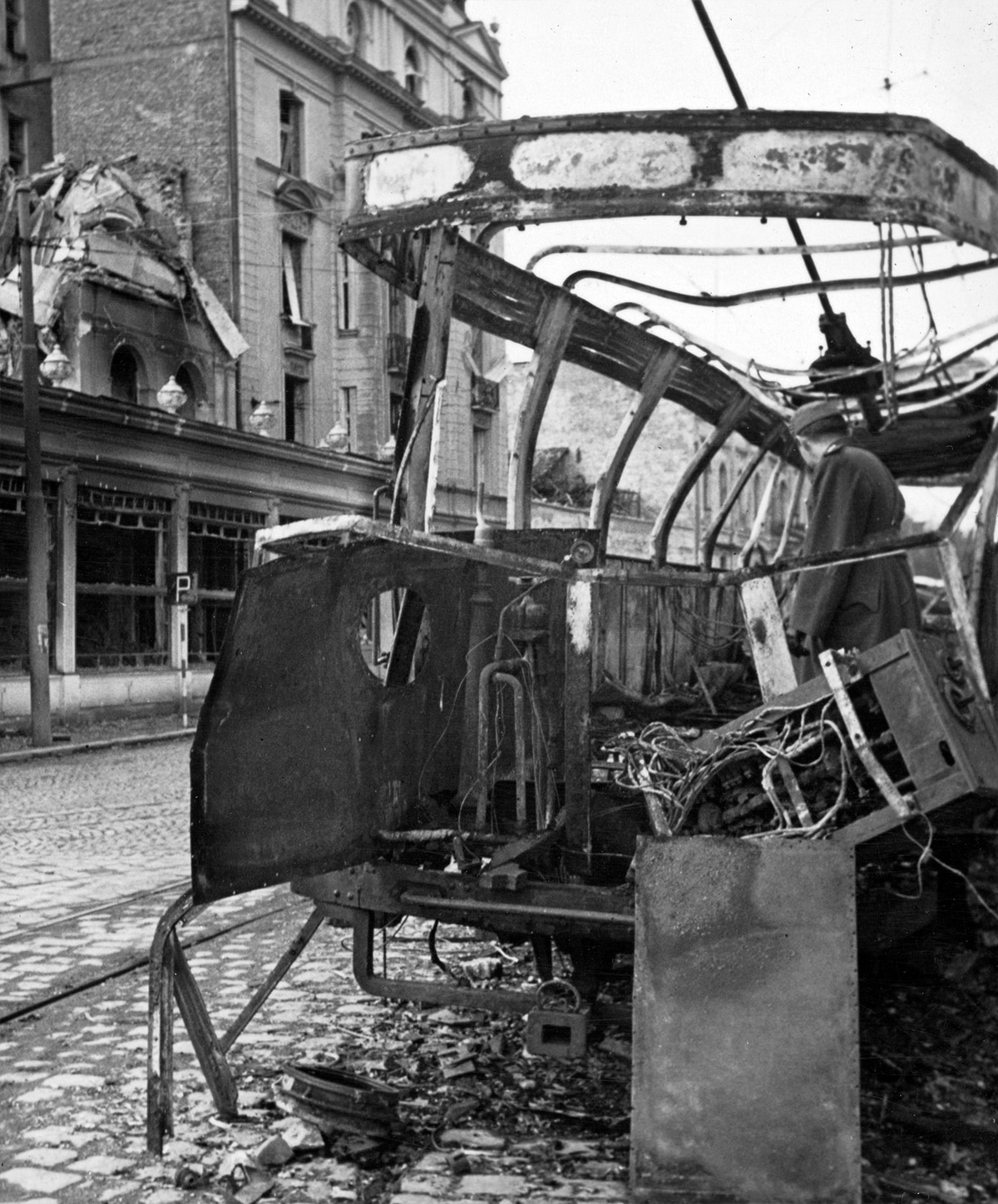

In the pauses between the German bombing runs, Malaparte described "devastating, terrified screams, lamentations, moans, curses, and the roar of a distraught people...."
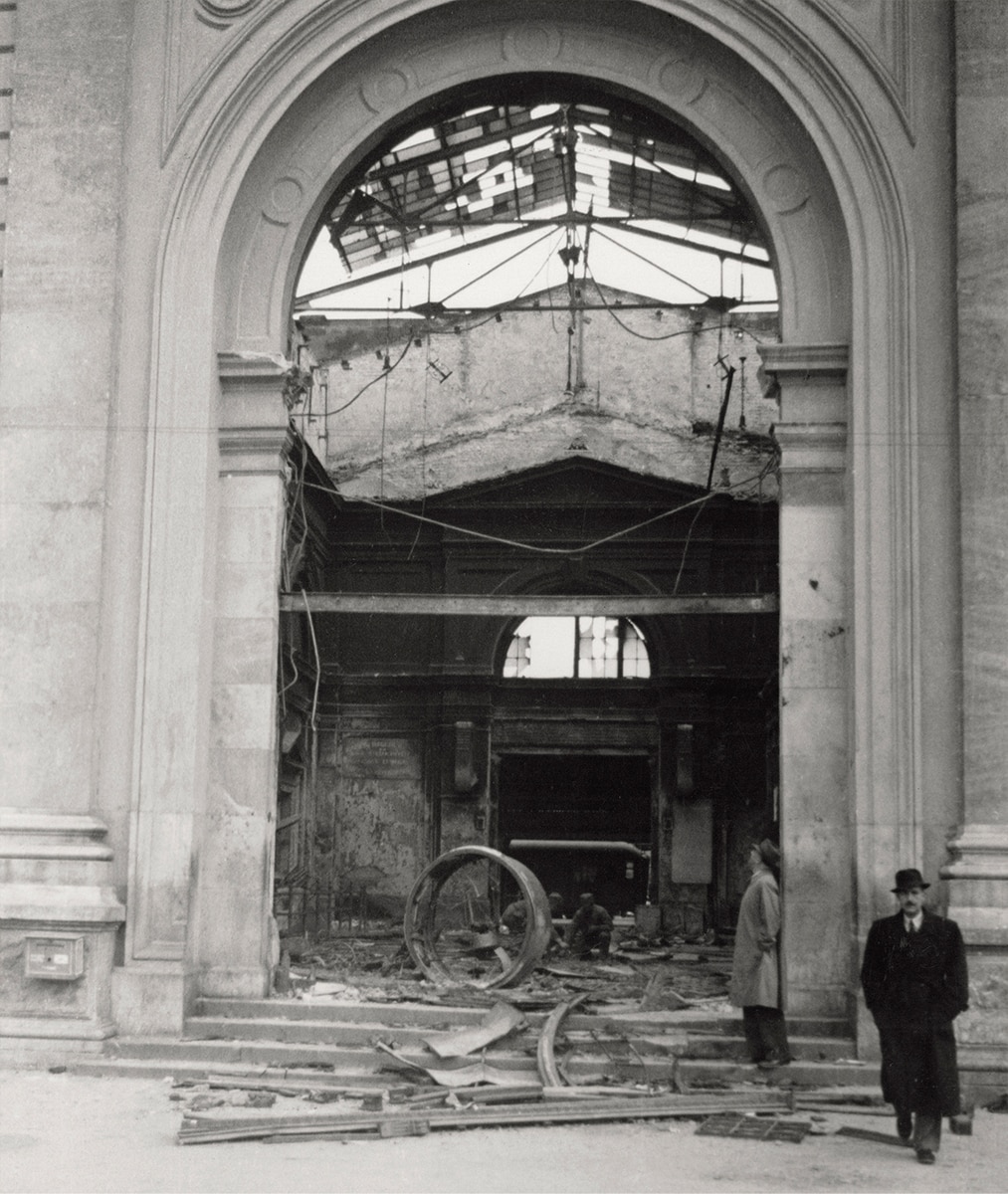

After Belgrade's zoo was hit, Churchill wrote that "out of the nightmare of smoke and fire came the maddened animals released from their shattered cages...."

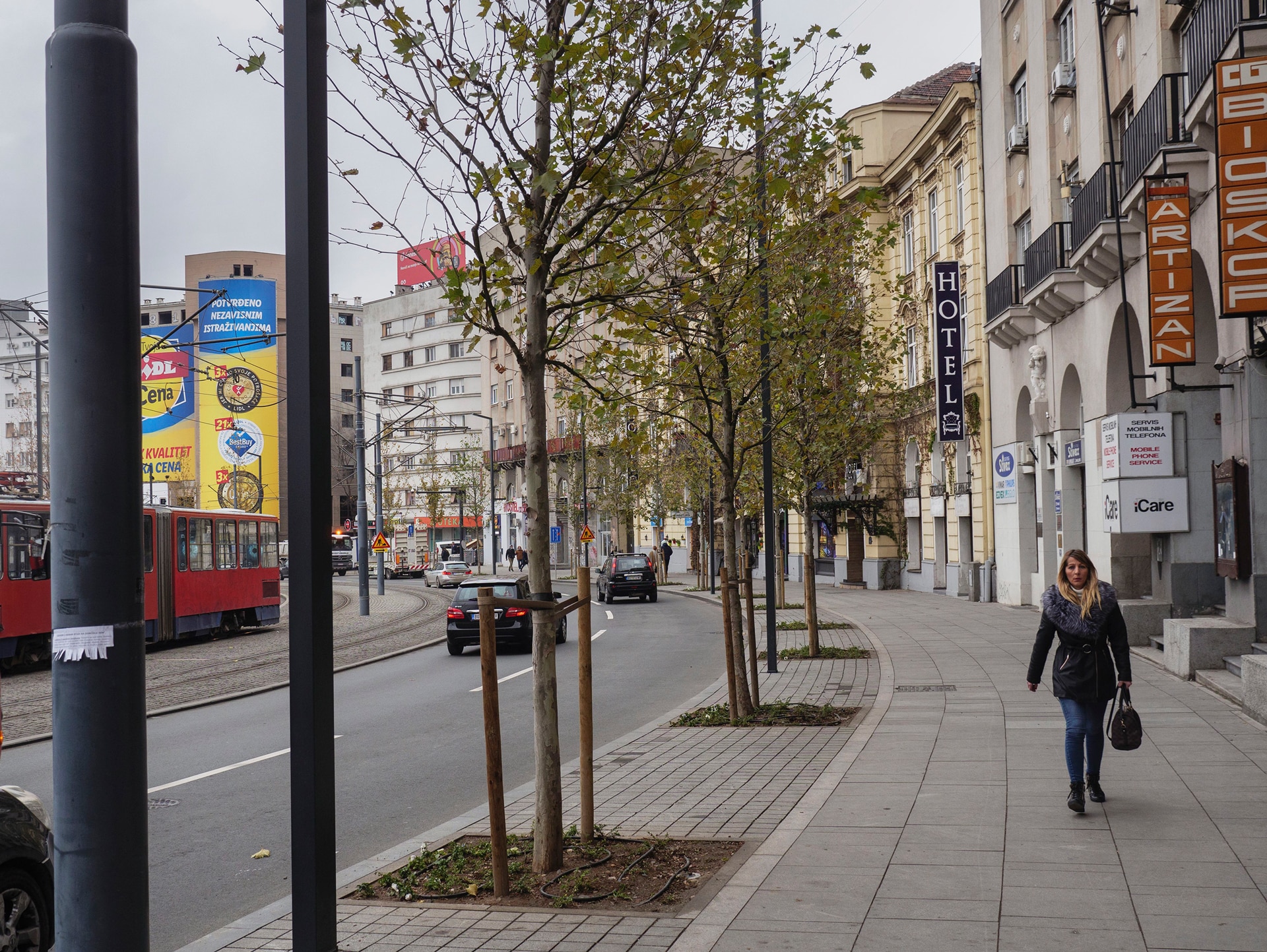
The photo above and several others in this gallery were made by an Italian soldier who was part of the fascist invasion of Yugoslavia and arrived in Belgrade shortly after the bombing.
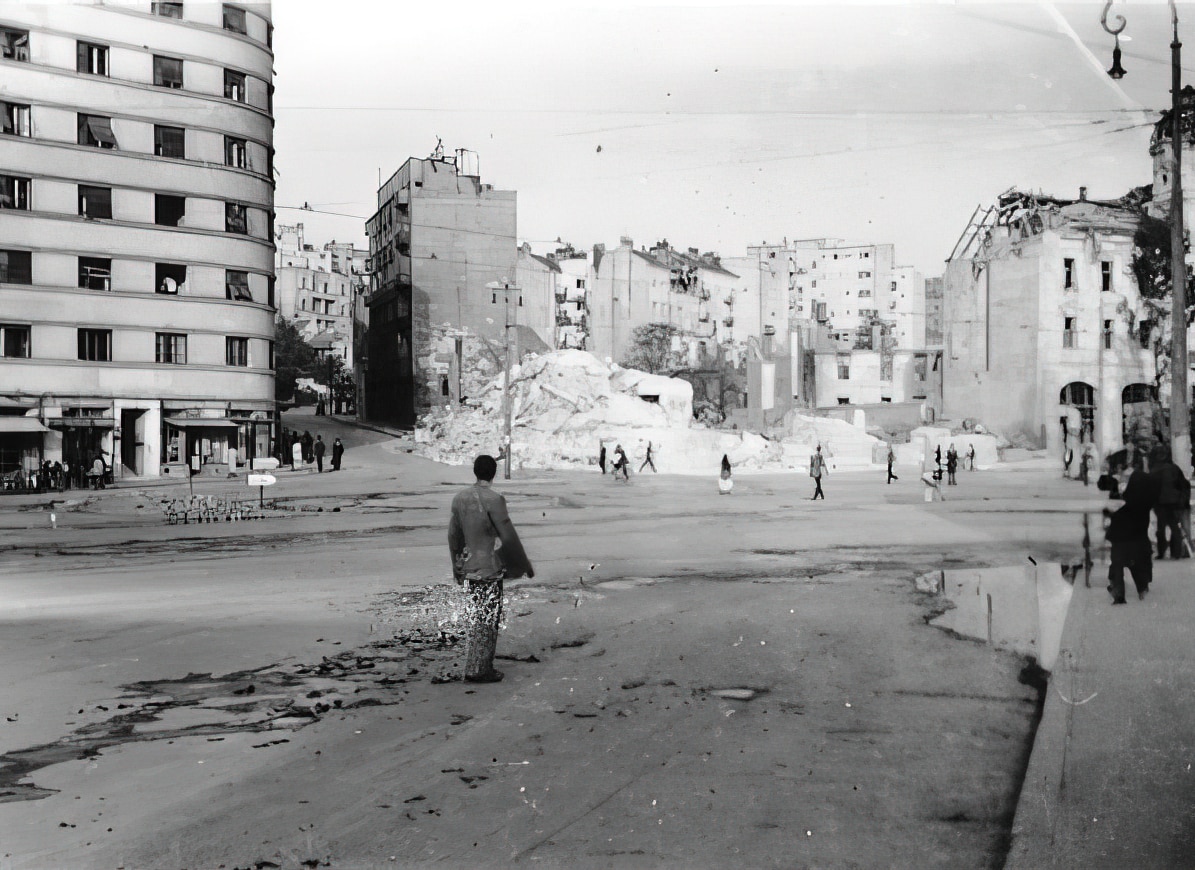

After Belgrade was occupied on April 12, some 375,000 Yugoslav soldiers became Nazi prisoners of war.
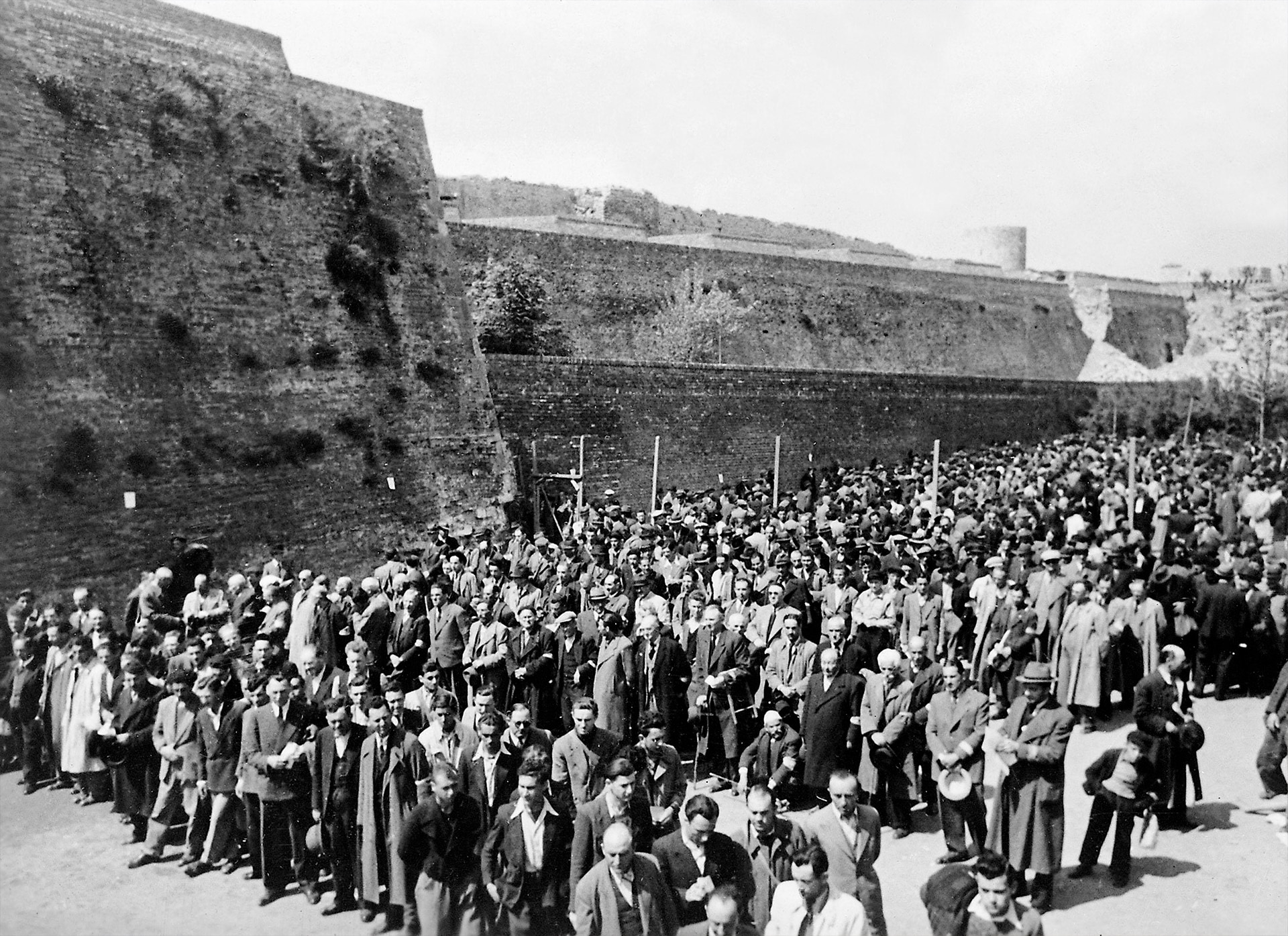

Almost exactly three years after the 1941 attack, occupied Belgrade was controversially devastated by bombs again, this time from Allied aircraft attempting to hit Nazi strongholds as the tide of the war turned.


World War II bombs are still frequently uncovered during excavations in Belgrade.